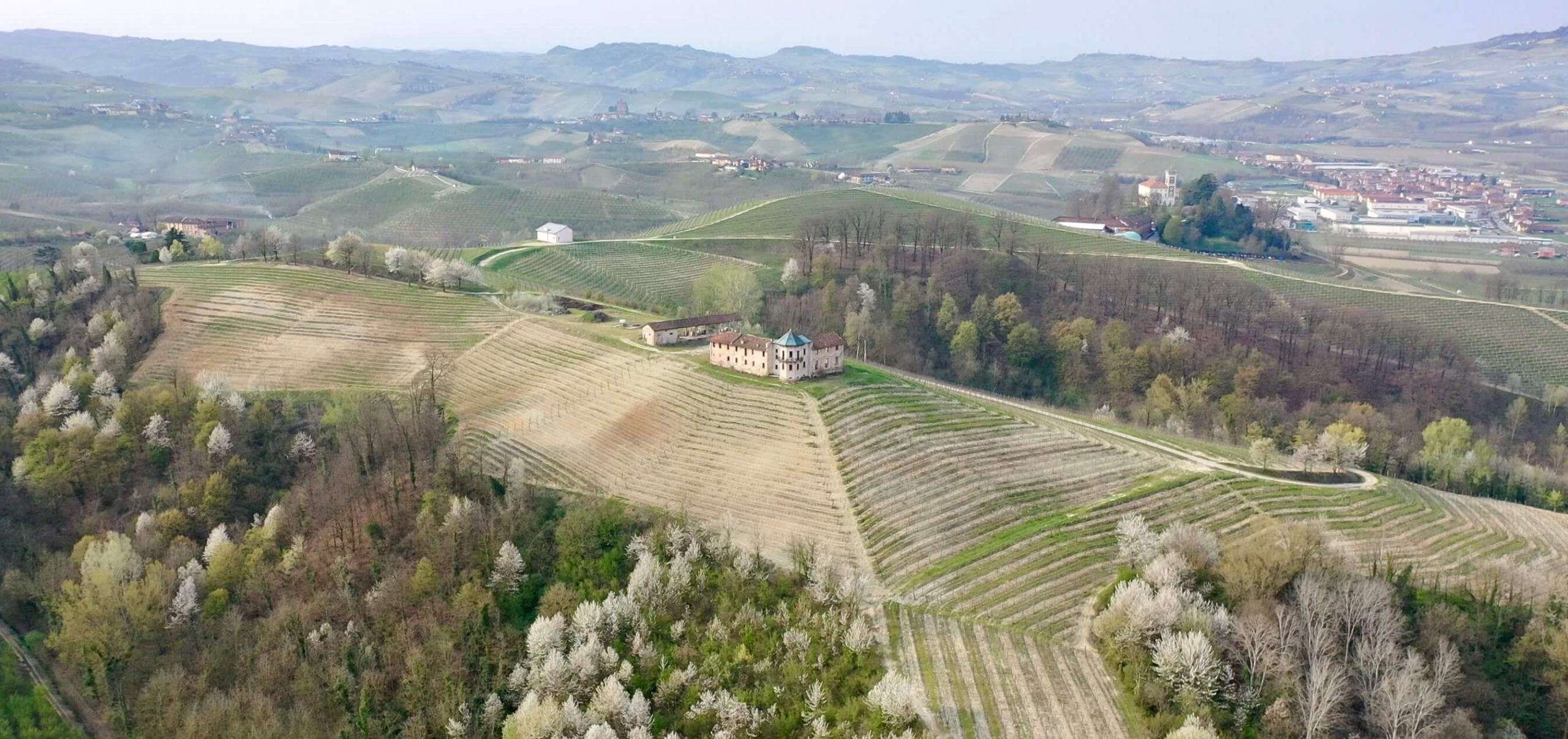
The necessity for climate adaptation with European viticulture is most apparent in its continental climate landscape. Many historically successful fine wine regions—Burgundy, Rhône and Loire Valleys, central Spain, north and central Italy—are suffering from broiling summer temperatures following dry winters and springs. It’s especially noticeable within monovarietal wine zones whose varieties were once perfectly selected and adapted over hundreds of years to their terroirs are especially less reliable now. By contrast, multi-varietal blends from areas like Northwest Iberia from similarly hot and arid climates, like Portugal’s Douro and Trás-os-Montes, and many parts of Spain’s Galicia that share similar continental climate influences are faring better, especially if the winegrower’s palate is calibrated for fresher, brighter wines. Some, like Arribas Wine Company’s Saroto Tinto is made with forty different varieties and often shows the terroir with greater clarity than many other single varietal wines in these historical regions. Before working with Northwest Iberian wines, it seemed impossible to this taster weaned on monovarietal wines since the beginning that varietal blends could demonstrate a terroir just as well, if not better.
Change of agriculture and cellar work is imminent in these historical, continental-climate wine regions. It’s good timing on only one front because today’s market continues to be opening wider for newer styles and different ways of doing things. One such area at the beginning of a shakeup is Piemonte, specifically the Langhe’s most famous appellations, like Barolo and Barbaresco, where most vintages have less and less in common with those crafted decades ago. Everything is almost too perfect for Nebbiolo wines, especially in Langhe—as the last two decades easily demonstrate—and if we could stop the advance of climate change, this could very well be the summit for this regional style.
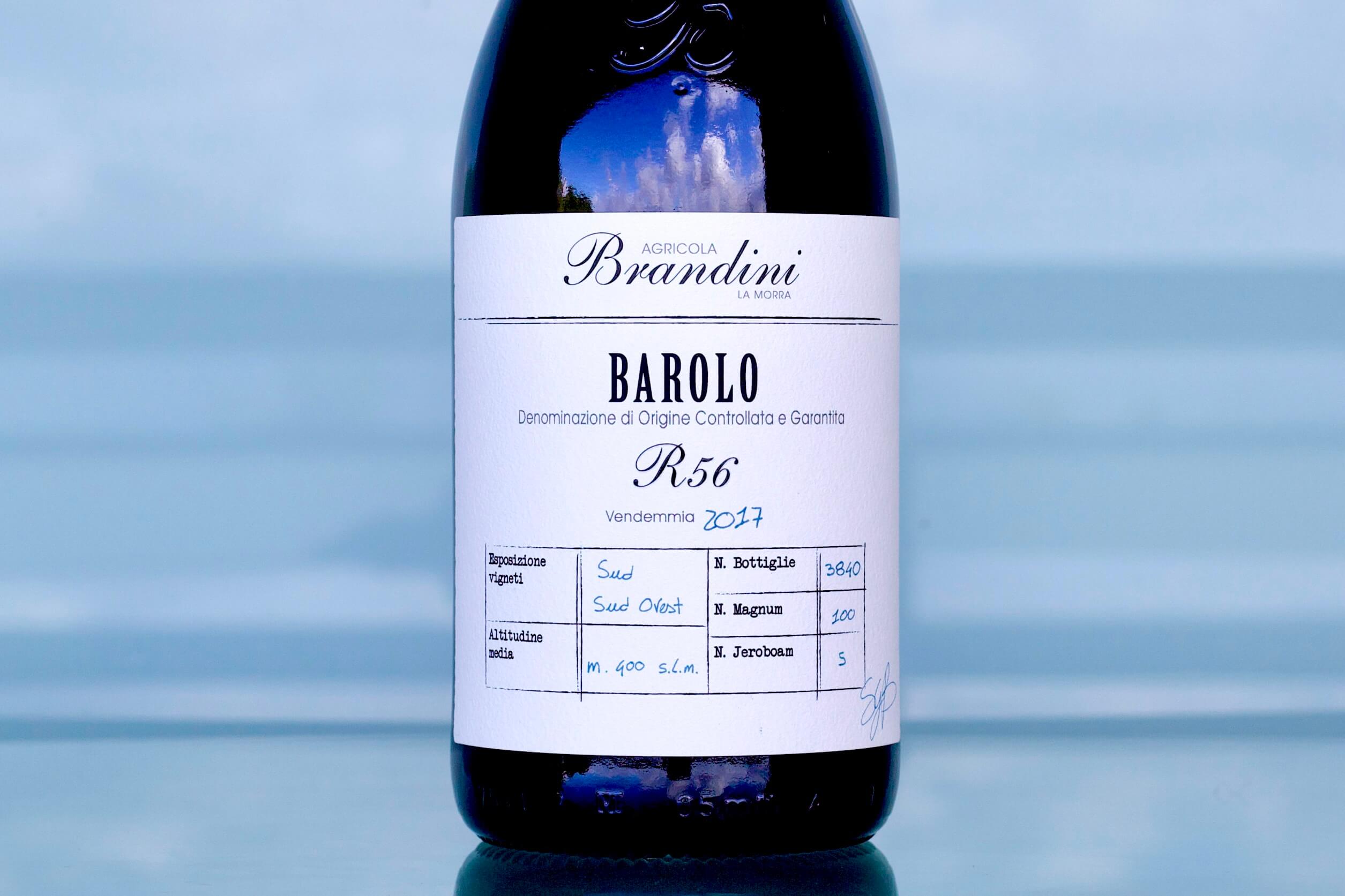
Barolo, Piemonte
Few Barolo producers exemplify the urgent adaptation to climate change more than Agricola Brandini, an organic cantina (certified in 2011) run today by two young and idealistic sisters who are in full directional control along with the support of their father, Piero Bagnasco. Giovanna (vintage 1994) and Serena (1992) are well researched and talk openly about climate change and how they can go with its flow as they do their part to ameliorate their impact as growers. During my first visit with Giovanna in December 2018, I understood their new direction, and after tasting her range again in 2021, the bottled 2016 and 2017 Barolos and the 18s and 19s out of vat, their vision was manifesting.
Last summer on my third visit to the cantina, two of our top guns, JD Plotnik and Tyler Kavanaugh, both Nebbiolo junkies (like everyone in our company), tasted the upcoming vintages out of botte. Little was said but many enthusiastic raised-eyebrow glances were exchanged as Giovanna pulled Barolo tastes from the vats. Eventually our poker faces were undone and we let the compliments fly. Elegant, refined, pale in color, understated yet deep in terroir expression and structure, they were a joy and showed immense promise.
This Wednesday (April 26th), we will present a full introduction to Brandini to coincide with Giovanna’s market visit to California during the first two weeks of May. Some of the wines are in stock now and available for sale, though they won’t be in our team’s wine bag until May. Giovanna will split her time between San Diego, Los Angeles, Central Coast, and San Francisco. We couldn’t be more excited to work with such progressive and inspiring
youthful partners from this historical region. More to come in a week!
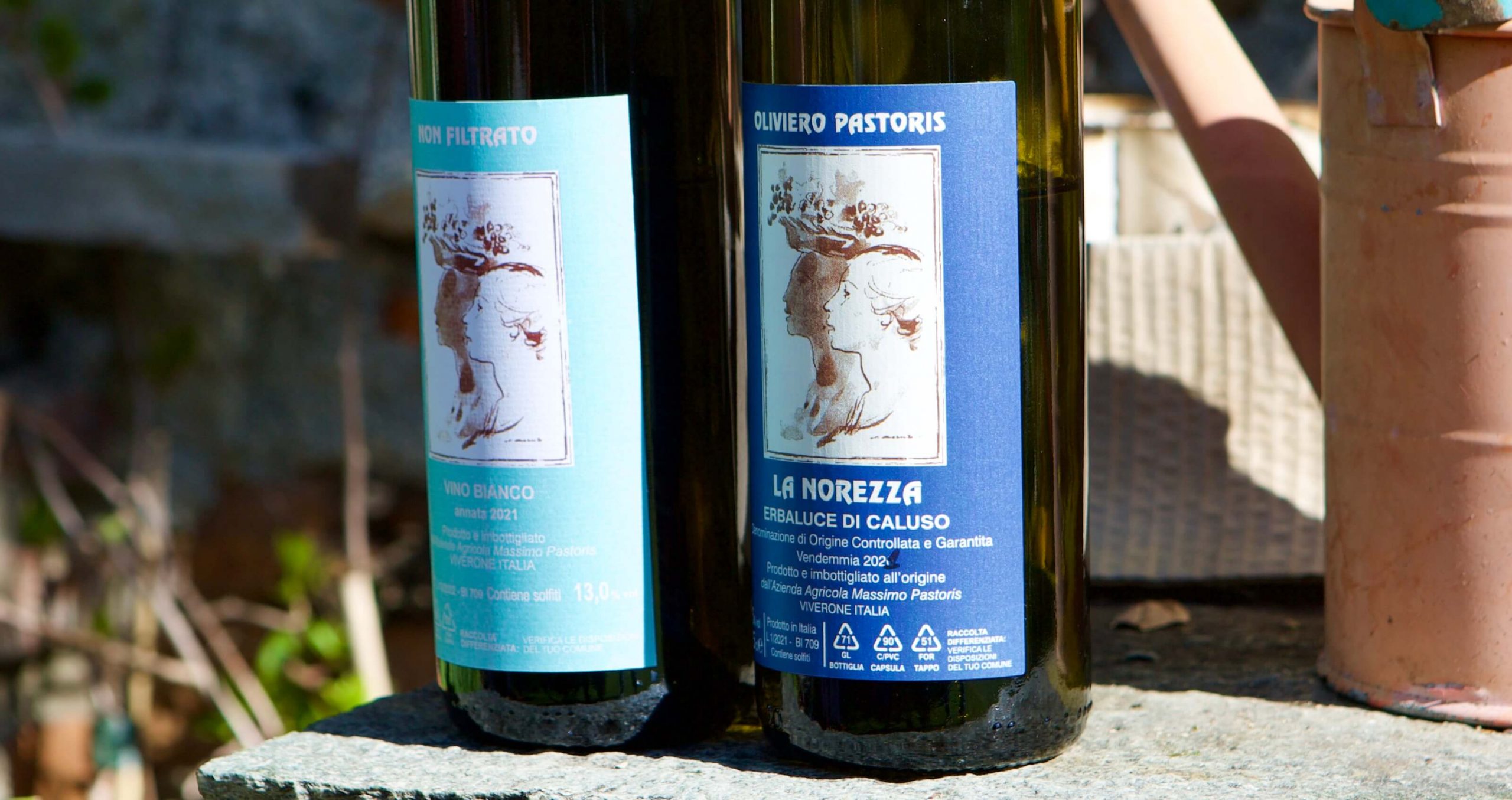
Caluso, Piemonte
Maybe I’m only more maniacal than my father,” Eugenio says, “but I understood from him that nature is something that you can’t completely control. We must work well in every moment of the season, but the most important job is made from the soil, and we can only make mistakes against the harmony of nature.”
Born in June 1996, Eugenio Pastoris is an even younger talent than Giovanna and Serena from Brandini, but with more humble vineyard holdings. After years of Latin and Mechanical Engineering studies and a short apprenticeship with a precise and attentive pizzaiolo in Toronto, Eugenio realized his scientific mind wasn’t meant to be working behind a desk or making pizza (or being a racing engineer for Formula 1, a sport he’s still obsessed with). It was to return home to his family’s organically farmed (since 2013, certified), untilled vineyards (an insistence of Massimo for decades) in Viverone, on the eastern end of the Erbaluce di Caluso appellation, close to Alto Piemonte. There, his dream is to revolutionize Erbaluce and Nebbiolo in the area and return to the lost local appellations, Collina Morenica Bianco, made in the hills of Viverone (their hometown) with Erbaluce, and Collina Morenica Rosso Rubino, made with either Nebbiolo, Freisa, Croatina and/or Barbera. Both classifications were abandoned when Italy joined the European Union, but they’ve claimed the appellation names Erbaluce di Caluso and Canavese Nebbiolo.
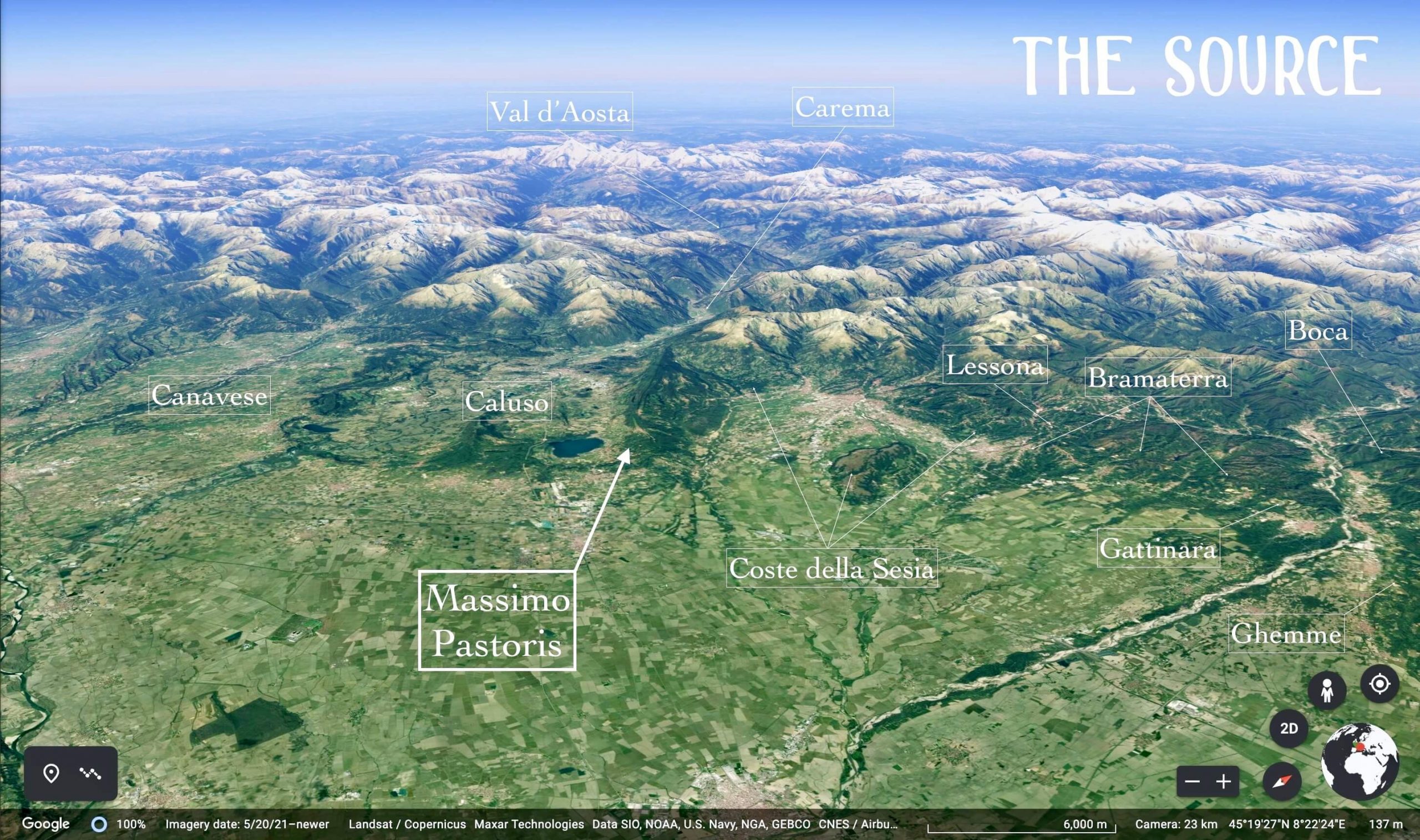
It’s difficult to ask for more from the wines bottled at the beginning of the 2020s, after only a few years of Eugenio working with his father, Massimo, and the addition of enologist, Cristiano Garella, northern Piemonte’s global crusader. It’s also hard to say which wine Eugenio has a greater grip on, Erbaluce or Nebbiolo; they’re both stunning, tightly framed and varietally expressive and terroir strong with beautiful subtlety and purity. The Erbaluce vibrates in the same line of a great Burgundy from colder areas, Loire Chenin Blanc, and Campania’s Fiano di Avellino. The Nebbiolo is precise and expressive of classic notes but with “more aroma and drinkability.” They’re perfect for everyday drinking but are well equipped for special occasions and would be a fun disruption of the hierarchy often present when faced with the label. Both wines check the authenticity box and have distinguished personalities linked to their terroirs. It’s also hard to point them in quality to Caluso, unless one were to know very well all the regions of Piemonte and their wines, which few do.
In discussions about appellation, Eugenio is quick to point out that he believes (as does Cristiano), that Viverone and the eastern end of the Erbaluce di Caluso DOCG is more Alto Piemonte than Caluso. (See map above for topographical view.) Their contention is that the similarly complex hillside vineyards are on acidic morainic soils (though with different minerals and rock depositions) like the Alto Piemonte regions Ghemme, Sizzano, Fara, and some of Coste della Sesia (a terribly underrated and somewhat undiscovered territory for quality wine production), while much of Caluso is sedimentary but from different geological materials. Caluso is mostly on flatter land while Viverone is on terraces. Most of Caluso is in pergola training while Viverone is guyot, similar to Alto Piemonte. It’s also a matter of the taste of the wines and their similarity to Alto Piemonte. Viverone is also within the department of Biella, as is most of the Serra Morenica d’Ivrea (the biggest glacial moraine in Europe), Lessona DOC and much, if not all of Bramaterra DOC and Coste della Sesia DOC. The land just to the west of Viverone belongs to the massive department of Turin.
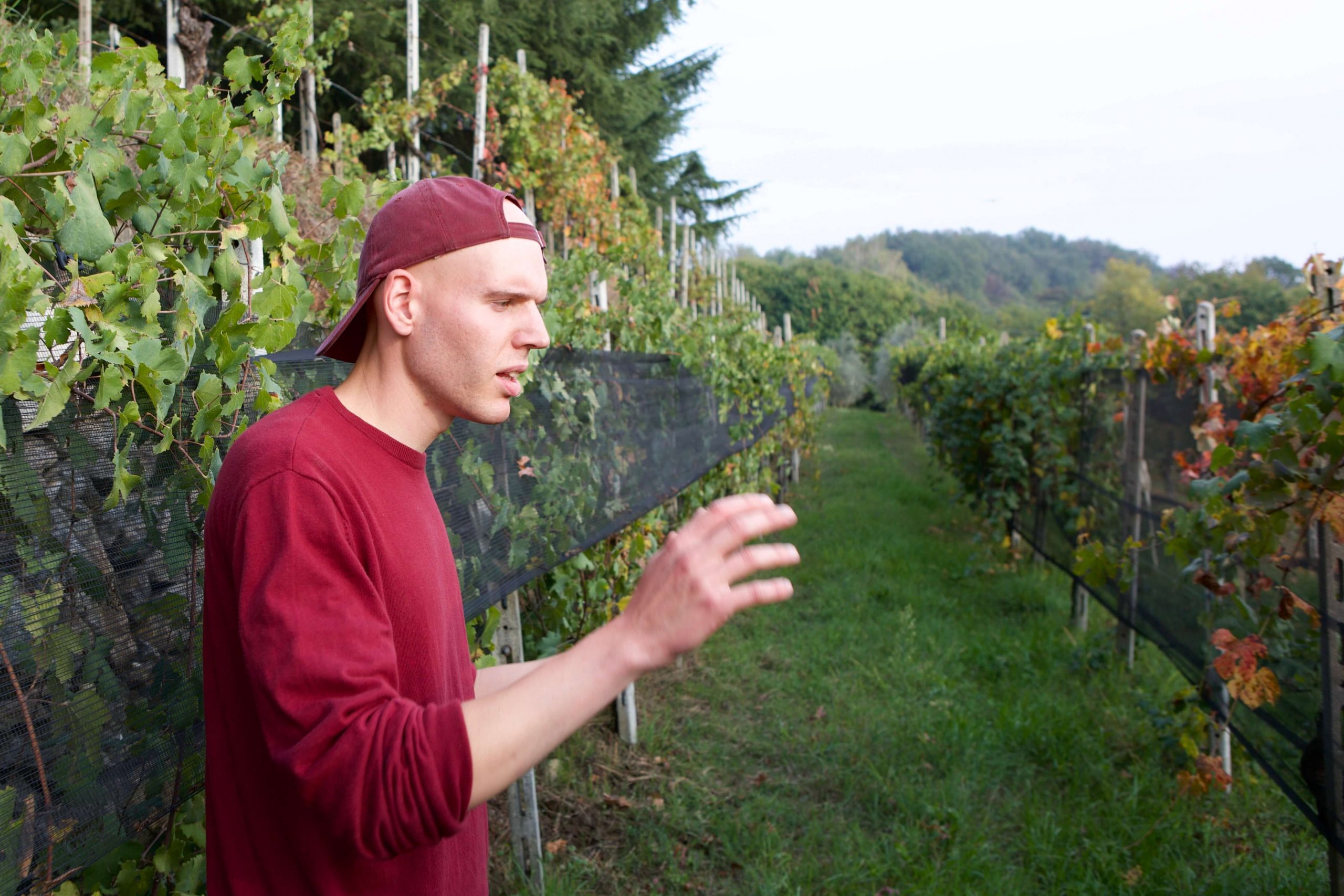
Eugenio’s Erbaluce di Caluso delivers varietal nuances of white acacia flowers and honey, and flinty mineral notes (called pietra focaia in Italian). They are more round than sharp in acid profile (credited to guyout training versus pergola) and with greater sapidity, which they attribute to the higher quartz content in the soil. The fruit is more in the white spectrum than yellow in contrast to most grown further into the DOCG to the west. Vinified naturally with sulfites added after alcoholic fermentation to inhibit malolactic fermentation, which is maintained at 18°C for two months to find the balance between fruitiness (lower fermentation temperatures encourage more fruit) and earthiness (higher temperatures more earth). It’s then aged in steel and filtered before bottling—an obligation to inhibit malic acid bacteria from restarting in the bottle. The overall style is a steady controlled flow of electricity on the palate and a very minerally nose supported by but not dominated by intended reductive elements to keep the wine fresh and taut. It’s gorgeous and a great pleasure to drink.
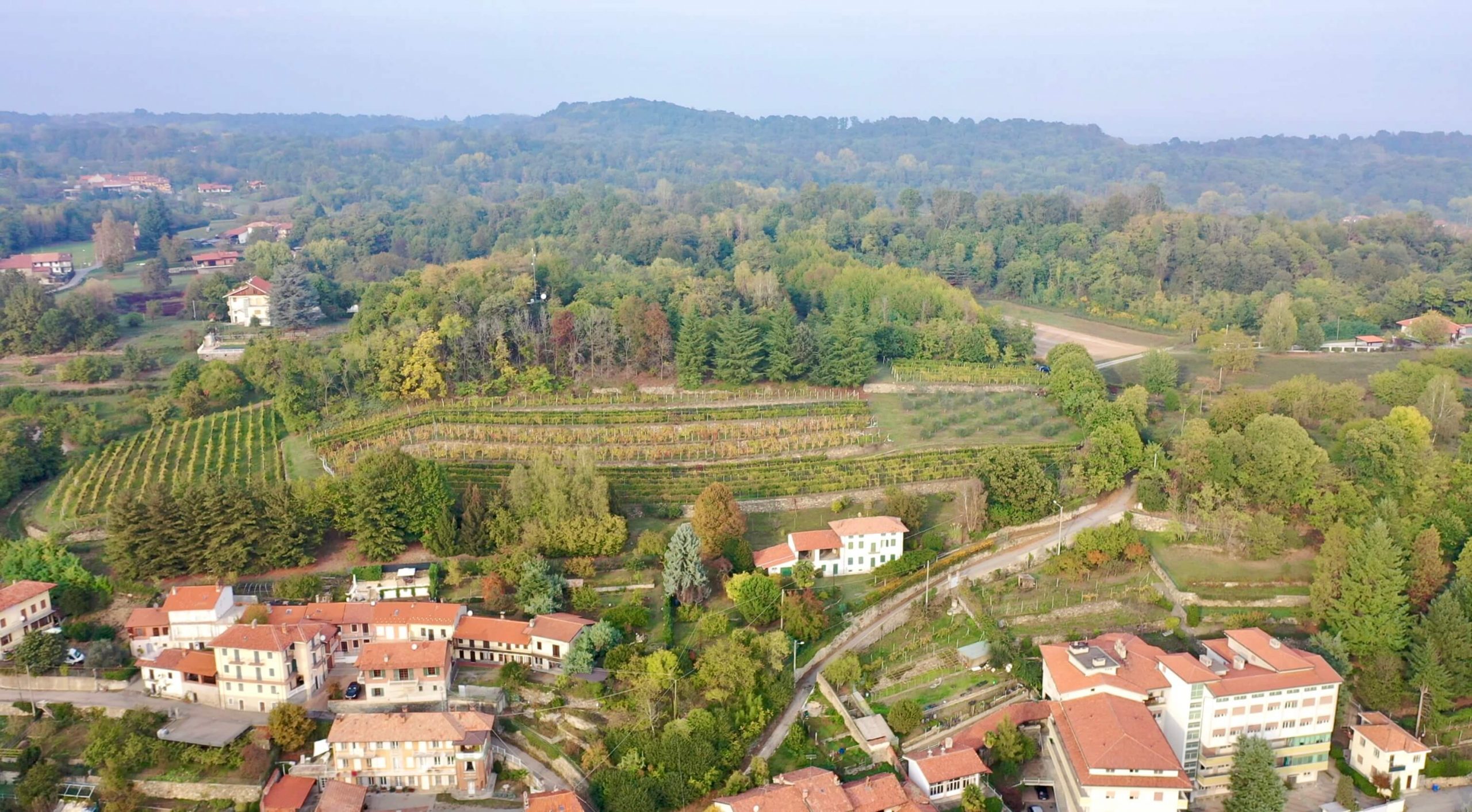
The Nebbiolo La Cucca leads with elegance over structure, by design, and when compared to Langhe and Alto Piemonte, it’s more aromatically delicate with finely delineated fruit and florals. The denomination is Canavese, even if it’s on the extreme east of the appellation and bears little resemblance to Canavese reds elsewhere in this extensive DOC. The 2020 hits high on the pleasure meter while remaining serious and laced with subtlety—a combination of high-quality vineyard materials, a clear direction, a soft touch, and a desire to put elegance above all. The elegance is accentuated with the use of a combination of medium-sized old wood and cement vats. Both Cristiano and Eugenio believe that morainic soils require this “third way” of making Nebbiolo. While Caluso isn’t ground zero for the world’s attention to Piemonte and Nebbiolo, these wines capture its purest essence, making them formidable in style and craft alone.
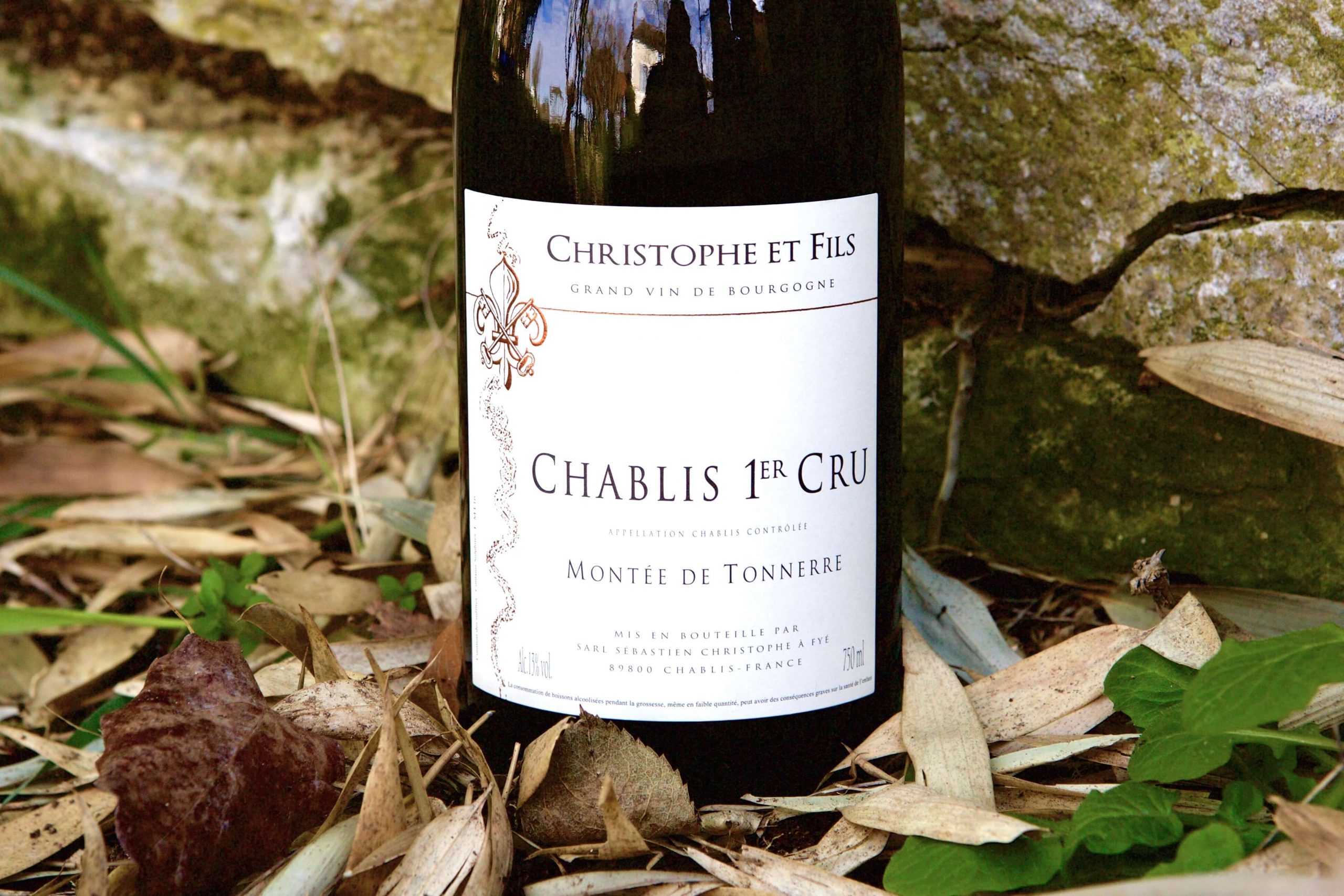
Chablis, France
We’ve waited a long time for a vintage like 2021. In the last decade fewer vintages hit close to the “classic” mark than in the past, but few have hit like it’s the 1980s, like 2021. I don’t remember tasting a young Chablis vintage like this (granted, my first bottle of Chablis was in 1995), so my experience tasting new Chablis releases is only about twenty-eight vintages long and my perceptions have also changed since my infatuation with wine began. The wines are racy, minerally, fluid, with a salivating texture. Many producers chaptalized (just like the old days!) to get above 12% alcohol but with perfect, classic Chablis notes. The only challenge is the limit on volume as it was a very low-yield vintage (down 30-40% for many) due to spring frost and snow, early summer rains and mildew issues. A cold summer and autumn led to harvest starting at the end of September and for many a finish by the end of the first week of October. Perfect.
Sébastien Christophe’s Chablis are older-school by nature. They’ve never been in a hurry to reveal their cards upon arrival, especially the top crus and his Chablis Vieilles Vignes. Sometimes they perplexingly arrive with a blank stare, but after a proper rest they liven up; some take a month, some three, others a year or more. The usual exception is one or the other of his two entry-level wines, the Petit Chablis and Chablis. One of them is almost always notably stronger than the other when they arrive, but a year later the script can flip with the same vintage of wines.
Between the premier crus and the Christophe starter range is the lonely Chablis Vieilles Vignes—too big to play with other Chablis appellation wines and not part of the premier cru club. Sourced from two parcels in Fontenay-près-Chablis, one above the premier cru lieu-dit, Côte de Fontenay, and the other southeast of the village, they were planted in 1959 by Sébastien’s grandfather. These vines render a richer wine out of the gates that tightens up with more aeration (the opposite of many wines), shedding superficial weight and concentrating power. Minerally and deep, it often rivals one or another of Sébastien’s premier crus from each year. Were these west and north-facing parcels in a more southerly exposition and outside of the small valley in which they sit, they’d surely be classified as premier cru sites.
Similar to the Petit Chablis and Chablis, it’s hard to predict which premier cru will show the best out of the gates; it’s anyone’s game upon arrival, no matter the pedigree of the cru. What remains somewhat consistent, at least in my experience, is the way they behave in a general sense. Fourchaume is the most muscular, offering a stiff mineral jab and a stone-cold smile with a set of nice pearly shells. Opposite of Fourchaume, Mont de Milieu is sleek, fluid and versatile, resting more on subtlety than force. It often shows as much left-bank nuances compared to its neighbors to the north with its ethereal minerality and more vertical frame. Montée de Tonnerre borrows from the best of each of the other two premier crus and turns the dial down a touch in pursuit of sublime balance. Usually the most regal, sometimes it takes a while to show its fine trim and breed, while on another day it shows up straight away. While maintaining its grand cru strength and frame, Les Preuses is full of life, lifted and lives up to its pedigree and classification. It’s also extremely limited and tops the range for Christophe.


